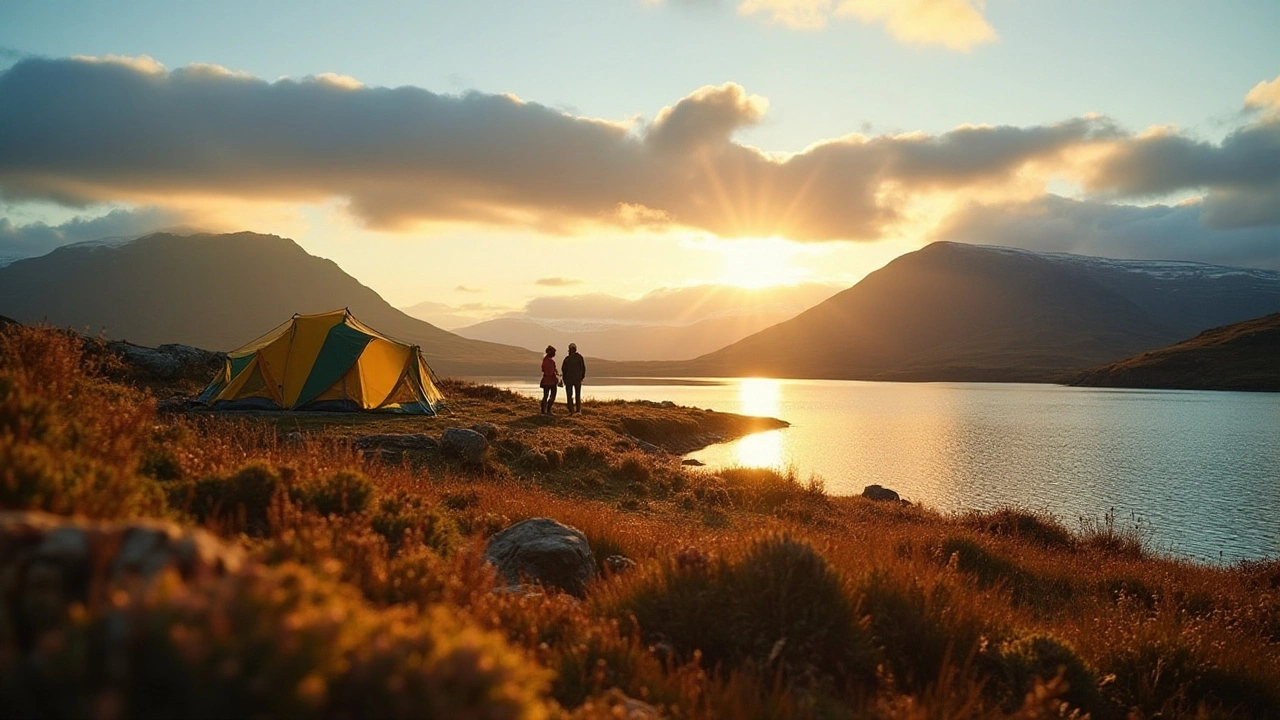Campsite Safety: Simple Tips for a Trouble‑Free Adventure
First night at a new site and you’re already wondering if you’ve done everything right. You don’t need a safety manual the size of a phone book – just a handful of clear steps to keep you, your gear, and your motorhome out of trouble.
Fire and Cooking Safety
Never leave a flame unattended. Before you strike a match, clear the area of dry leaves, twigs, and any flammable clothing. Keep a bucket of water or a sand pit within arm’s reach – it’s the quickest way to douse a flare‑up. If you’re using a gas stove inside a van, make sure the ventilation is open and the hose is snug; a loose connection can leak carbon monoxide fast.
When you set up a campfire, use the designated fire ring. Lay a stone or metal barrier around it, and keep the fire size small – a 12‑inch diameter blaze is enough for cooking and warmth. When you’re done, drown the coals with water, stir, and repeat until everything is cold.
Electricity and Power Hook‑ups
Plugging into a campsite’s power point is easier than you think, but a few mistakes can ruin your night. Always check the voltage – UK sites usually offer 230 V, 13 A. Use a good‑quality, grounded extension cord; cheap cords can overheat. Before you connect, turn off all appliances, plug in the cord, then switch the circuit on. This avoids a sudden surge that could fry your fridge or charge controller.
If you’re running on a battery, keep an eye on the gauge. A common mistake is powering a 12‑volt TV continuously; it drains the battery fast. Use a low‑draw inverter and only run high‑power devices when you have shore power. A simple solar panel on the roof can top‑up the battery during daylight, extending your off‑grid time.
Wildlife and Weather Precautions
Animals are curious, not hostile, but they’ll sniff out food left out. Store all food in sealed containers or lockable cupboards in your motorhome. After meals, clean the area with a damp cloth – no crumbs, no smell.
Weather can change in minutes, especially up the Tees Valley hills. Keep a rainfly or tarp handy, and know the nearest high‑ground spot in case of flooding. A quick check of the forecast each morning saves you from a surprise downpour.
General Site Checks
Walk the perimeter before you settle in. Look for hidden hazards like sharp rocks, low branches, or uneven ground that could damage wheels or cause trips. Test the water pressure at the tap; low pressure often means a clogged filter that can be fixed with a simple brush.
Finally, respect the site rules. Some campsites ban open fires, limit generator use, or require quiet hours after 10 pm. Ignoring these can lead to fines or being asked to leave – not the kind of memory you want from a holiday.
Stick to these basics and you’ll spend more time enjoying the scenery and less time worrying about mishaps. Safe camping starts with a little preparation, and the payoff is a relaxed, carefree adventure wherever you park your motorhome.
Wild Camping in the UK: Safety Tips and Essentials
Wild camping in the UK offers a thrilling escape into nature, but potential campers should be aware of local laws and safety precautions. With beautiful landscapes from Scotland to Wales, campers must ensure to respect private lands and follow Leave No Trace principles. Packing essentials and understanding weather patterns can enhance the experience. Knowledge on emergency exits and areas with easier access to resources can be vital for a safe adventure. Always prioritize safety to enjoy a fulfilling outdoor experience.
